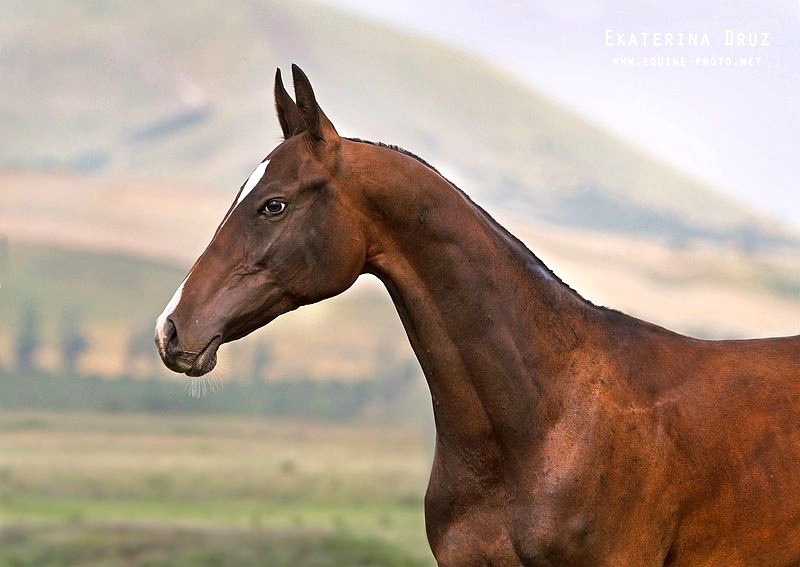Horse racing is an exciting and popular sport, featuring some of the fastest and most impressive athletes in the world. But one of the most interesting aspects of horse racing is the fact that the track can change from race to race. In particular, the rail is often moved from its standard position. This article will discuss the reasons why the rail is moved in horse racing and how it affects the results of the race.
What is the Rail?
The rail refers to the inside track of the racetrack, which is typically located to the inside of the homestretch. The rail is typically constructed of wood or concrete, and it is designed to be a barrier that prevents horses from running off the track. The rail also serves as a guide for the horses to help them stay in the correct position throughout the race.
Why is the Rail Moved?
1. To Change the Course
One of the main reasons that the rail is moved in horse racing is because it allows the track to change the course of the race. By changing the position of the rail, the track can create different turns and straightaways that will create a unique race for each event. This helps to keep the race interesting and unpredictable.
2. To Create Different Strategies
Another reason why the rail is moved is to create different strategies for the horses. By moving the rail, the track can create different paths for the horses to take. This allows for different strategies to be employed by the jockeys, which can give an advantage to certain horses.
3. To Avoid Unfavorable Conditions
Another reason why the rail is moved is to avoid unfavorable conditions on the track. For example, if the track has had to be resodded a few days before the race, the rail may be moved to avoid any soft spots or ruts that may have been created. This can help ensure that all horses have an even playing field to race on.
4. To Prevent Interference
The rail is also moved to prevent horses from interfering with each other during the race. By moving the rail, the track can create more space between the horses and help prevent any potential interference. This can help ensure that all horses have a fair chance of winning the race.
How Does the Rail Affect the Race?
1. Track Bias
One of the most significant ways that the rail affects the race is through track bias. Track bias occurs when the rail is placed in a position that gives certain horses an advantage. For example, when the rail is placed on the outside, it gives the inside horses an advantage. This can lead to some horses performing better than others, which can have a major impact on the outcome of the race.
2. Different Strategies
As mentioned previously, the rail can also affect the strategies employed by the jockeys. By moving the rail, the track can create different paths for the horses to take, which can lead to different strategies being employed. This can lead to some horses having an advantage over others, which can again affect the outcome of the race.
3. Different Track Conditions
Finally, the rail can also affect the track conditions. As mentioned previously, the rail can be moved to avoid any soft spots or ruts that may have been created on the track. This can help ensure that all horses have an even playing field to race on, which can have a major impact on the outcome of the race.
Conclusion
As you can see, the rail plays an important role in horse racing and can have a major impact on the results of the race. By moving the rail, the track can create different paths for the horses to take, which can lead to different strategies being employed. The rail can also be moved to avoid unfavorable conditions on the track and to prevent interference between the horses. Understanding why the rail is moved and how it affects the race is an important part of understanding horse racing.

